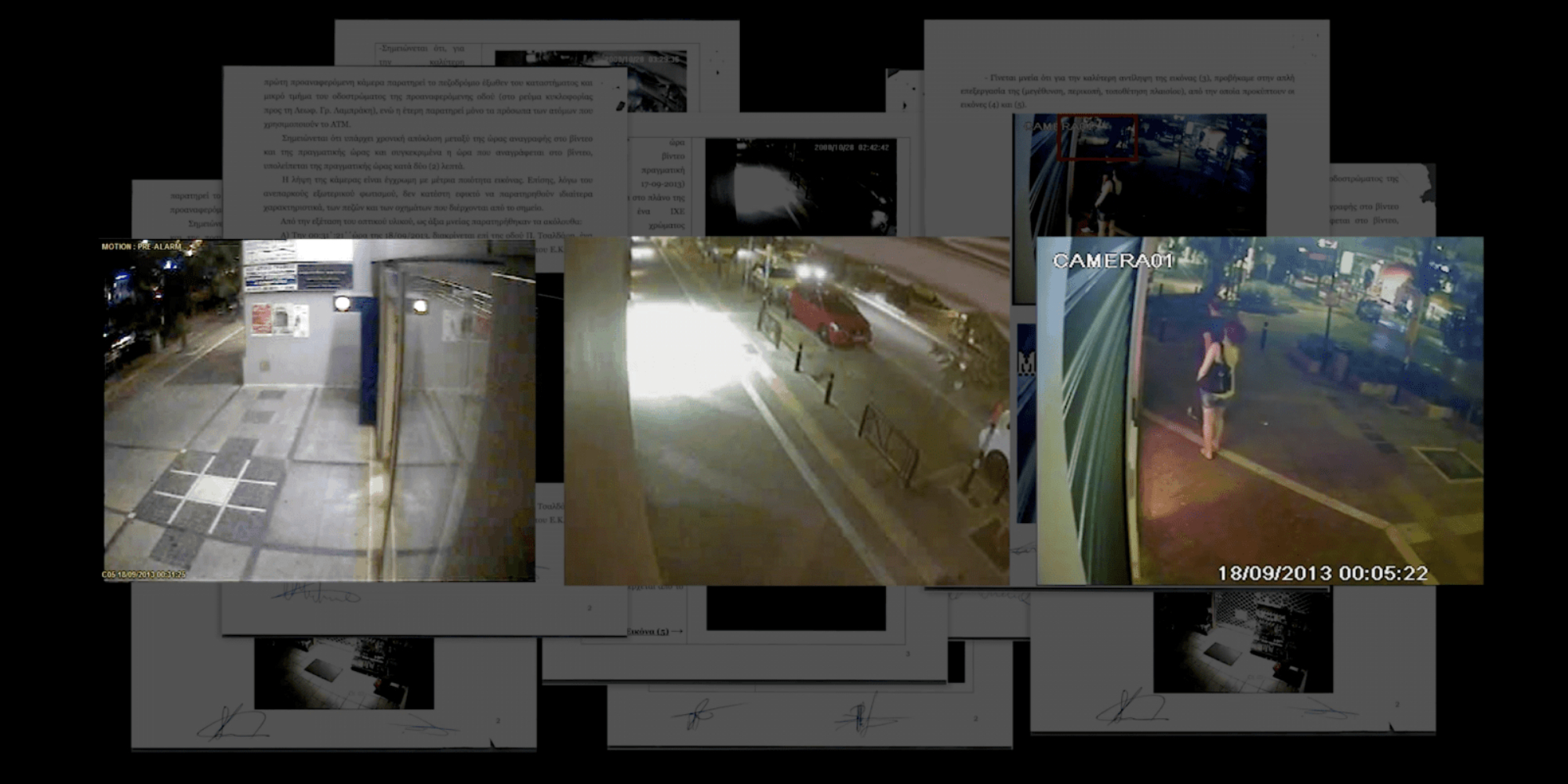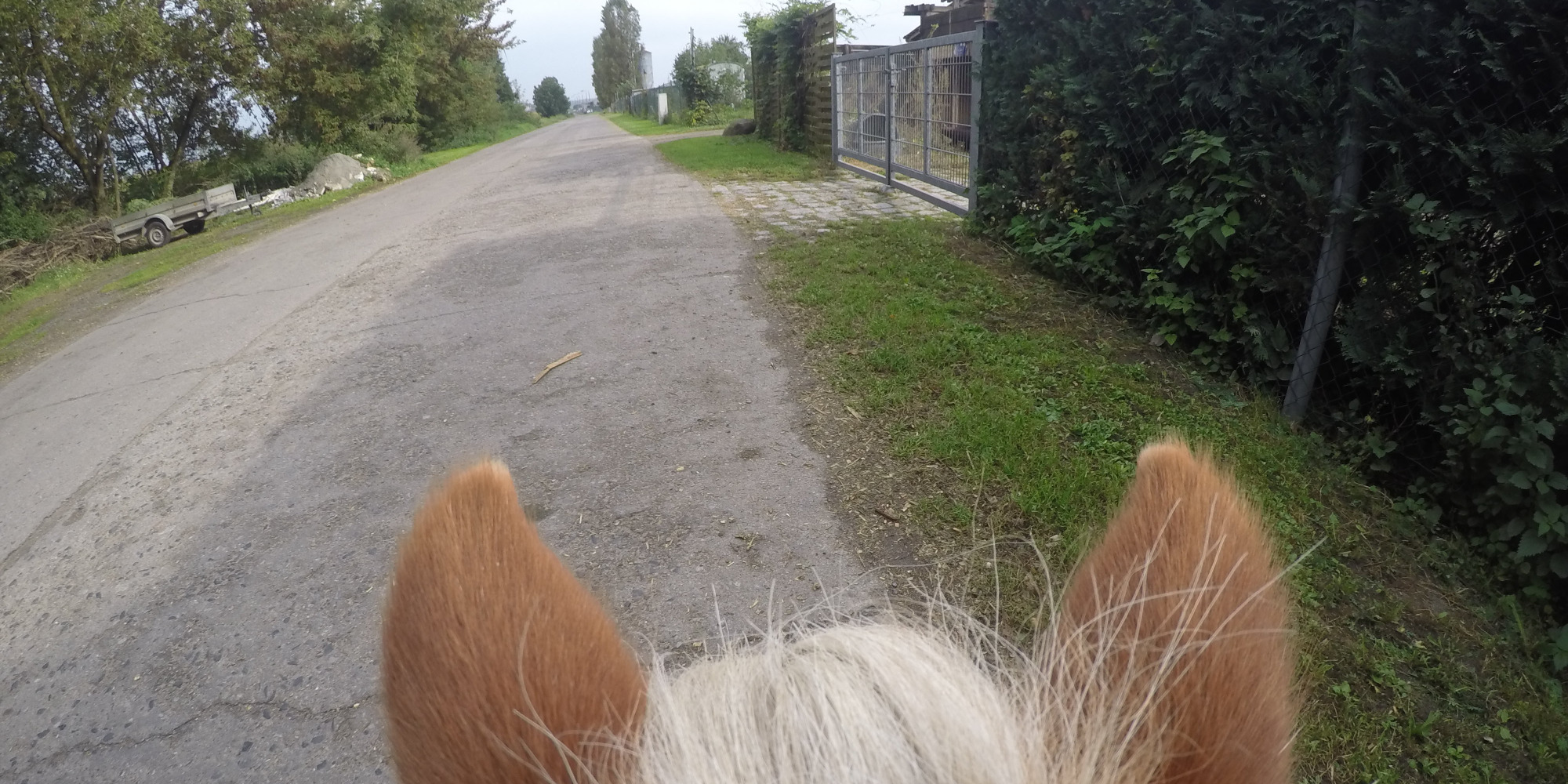Already for the fourth time, the reputation of the European Commission was given after STARTS ideas and in addition to the two winning projects “Ciutat Vella’s Land-use plan” and “Project Alias“, some submissions were only a hair’s breadth away from the main prize: The Honorary Mentions. Many of them can be viewed during the festival at the STARTS exhibition. Furthermore, the STARTS Day is all about innovation. We present four projects here.
Anatomy of an AI System
Kate Crawford (AI Now Institute) und Vladan Joler (SHARE Lab)

“Alexa, turn on the lights!” The advertising machinery for the Amazon Echo aka Alexa is hard to get around. The advertising messages, however, are not what this project is all about, rather it shows the entire life cycle of such a device with all its material resources, human labor and data. Capital, work, nature – everything takes a lot. You wouldn’t think so – there’s a small device in our household that remembers individual appointments, searches the net for answers to irrelevant questions, or plays a song that you’ve been looking forward to all day. But in order for this to be possible at all, an enormous effort is required. It takes a huge planetary network driven by the production of non-renewable materials, labor and data.
Are we even aware of the effects of this? To the same extent that we are pleased with the new convenience, are we aware of the cost of it? Just as in the past the side effects of coal mining were neglected in the euphoria of unlimited energy production, the costs in the area of data analysis are not yet foreseeable and will in all probability only come to light in decades to come. This kind of inequality is repeated throughout industrial history and is not specific to artificial intelligence. But large AI systems require so much data, infrastructure and maintenance that there are very few companies capable of building and operating them. But these – few – companies act in their own interest, not in the interest of the state.
„The Amazon Echo is another tool that makes our lives more comfortable, but we wanted to make visible what it means to us as a society that costs us what it costs.“ (Kate Crawford)
These and many more aspects are what can be found in “Anatomy of an AI System”. They are represented by a large map that can be read in different ways – or rather from different directions. Be it with a focus on geological processes that illustrate the degradation of rare earths or on human work, the exploitative component of which must be taken into account. It is no accident that the dystopian appearance of the map is reminiscent of the deep-seated fear of being outsmarted by machines and increasingly losing one’s ability to make decisions.
Find all details here: https://anatomyof.ai/
The Murder of Pavlos Fyssas
Forensic Architecture

Forensic Architecture is an independent art and research agency that deals with cases of human rights violations and communities affected by political violence. The focus is on state and company violence, human rights violations and environmental destruction. What makes Forensic Architecture special are the tools it uses – open source research, digital and physical models, 3D animations, VR environments and cartographic platforms. By means of photos, videos, audio files, testimonies and proofs of connection, the incidents are analysed and reconstructed.
In addition to capital crimes, Forensic Architecture also deals with other sensitive cases – such as the fire at Grenfell Tower in London, the “ecocide” of the forests on Sumatra and Borneo, the chemical attacks in Syria, the disappearance of Mexican students, the responsibility of the Libyan Coast Guard for drowning at least 20 refugees, or allegations of torture in Burundi. An overview of all investigations can be found here: https://forensic-architecture.org/
One night in 2013, in a suburb of Athens. Pavlos Fyssas watches a football match with his friends. He is a young, anti-fascist rapper and with his friends he is in a restaurant that is also visited by members of a neo-fascist organization, Golden Dawn. Shortly after leaving the restaurant Pavlos Fyssas is murdered, circumstances and enlightenment are strange, which is why the family of the murdered Forensic Architecture commissions a reconstruction of the events.
The available sources are carefully coordinated with each other – time stamps, telephone calls, videos are compared, striking events are stored and searched for on other documents. Thus, an evening’s sequence gradually emerges from innumerable different records of conversations, surveillance cameras, mobile phone videos and all documents that could be collected around the corresponding street. But the documents also raise questions again: Why is the murder taking place even though a special police unit was already there? Is the sluggish explanation of first aid only subjective? How could the members of Golden Dawn form up so unnoticed?
The results were submitted to the Athens Court for examination.
BLP 2000 / Black List Printer
BCL – Georg Tremmel and Shiho Fukuhara
Shiho Fukuhara and Georg Tremmel have been working together since 2001 and founded BCL in 2005, which aims to explore the relationships, congruences and differences of biological and cultural codecs through artistic interventions, social hacking and basic research. They are interested in the relationship between art and science in general and between media art and life science in particular. They are particularly interested in the social effects that the widespread use and application of biotechnology will bring.

BLP-2000 / Black List Printer deals with the production of chemically synthesized DNA sequences, especially those that are potentially harmful or prohibited. Since the production of these sequences is expensive, it is offered in a centralized way. Thus the companies determine which DNA is synthesized and which is not – and justify this with biological security.
But what if the expensive production can suddenly be done in the garage laboratory? If potentially hazardous substances are produced using Do it yourself ingredients? And above all, if they are prone to error due to economic pressure? Can society really rely on moral restraint in the field of biosafety?
Black List Printer is an impressive artistic warning against the possibilities of new biological tools and at the same time demands social strength.
SLAP – See like a Pony
Sabine Engelhardt

If you combine social and technical innovations into concepts for the future, you can do that as a futurologist at Daimler. Like Sabine Engelhardt in the “Society and Development Research” department, which concentrates entirely on the future of autonomous driving. Together with Alexander Mankowsky, trend and futurologist at Daimler, she travels the globe, observing and experiencing the origins of innovation and creativity. She contributes the female part to the different life worlds, because the female plays an important role in her futurology. It is less about the woman herself than about the feminine in the sense of quality of life, sensuality, beauty and luxury.
„An exciting time is imminent, because European history shows that a culture has always been richer, finer and more productive, whenever it was allowed to be feminine.“ (Sabine Engelhardt)
If the versatile researcher is not on a professional voyage of discovery, she likes to go hiking with her ponies. And this is exactly how the idea for this project came about: Since animals – however close they come to us in our coexistence – cannot express themselves linguistically, other ways of communicating with them are needed. In the case of ponies, their attention is expressed through their ears. One ear follows Engelhardt’s activities and looks after her. And it is precisely this attentiveness, this gentle form of communication, that is to be transferred to the character of cooperative vehicles. Engelhardt is not concerned with orders and their execution, but with attentive cooperation.
In addition, non-verbal communication with animals is facilitated for humans because it can be understood through the ears. If the attention changes to a passing walker, for example, whom we do not yet see ourselves, then we recognize this through the ears of the animals. This recognition in communication is also to be transferred to vehicles – because mistrust often comes from incomprehension. But if people recognize immediately and intuitively what an autonomous vehicle is up to, they can also gain confidence.
To learn more about Ars Electronica, follow us on Facebook, Twitter, Instagram et al., subscribe to our newsletter, and check us out online at https://ars.electronica.art/news/en/.
